Singapore Art Week 2024 (SAW24) is set to commence on January 19, featuring an impressive lineup of over 150 events. While artists gear up for a whirlwind week of exhibits, talks and tours, we took a moment to catch up with some of the talented homegrown young creatives presenting their works at the event. Their art, spanning both digital and physical realms, offers insightful reflections on the human condition. In this exclusive, 12 under-30 year-olds spill the beans on their creative journeys and share insights into the thrilling works visitors can expect.
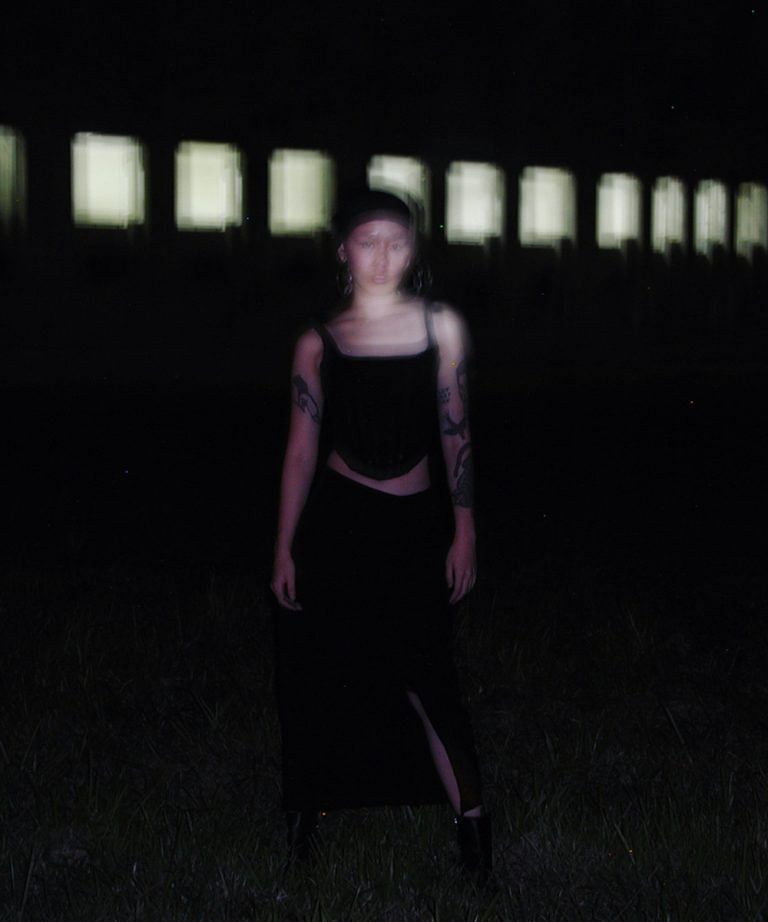
Hilary Yeo, a multi-disciplinary artist and sculptor, explores the notion of agency through her sculptural works, with a focus on non-human subjectivities. As a co-founder of the art collective Pure Ever, she has showcased her works locally and internationally, including exhibitions in Germany and Spain. Her latest piece will be featured at Crossroads: Random Access Memory, curated by ToNewEntities. with support from the National Arts Council. The exhibition runs from January 19 to 28, spanning across Fortune Centre (Outdoor Screen) and Wilkie Edge (Outdoor Screen).
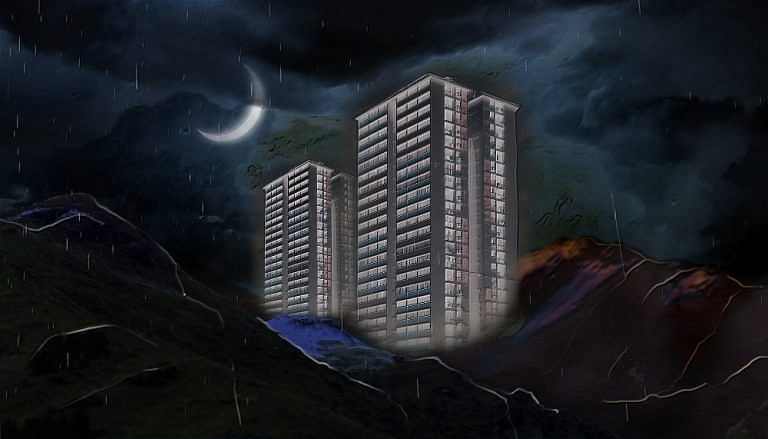
Tell us more about what you’re presenting at SAW24.
“The work I’m showcasing is titled Sentimental Pause (pictured). It draws inspiration from the rhythmic experience of commuting, capturing an in-between state suspended in time. The piece explores the sentimental moments of being immersed in music during various modes of transportation, evoking a nostalgic and memory-triggering experience often portrayed in films. Combining still images and moving elements, I aimed to convey time as fragments interwoven into memory. While the final piece took approximately two days to create, the process of curating footage and images that resonated with the context extended over a more extended period.”
What are your hopes for what visitors will take away from your work?
“I prefer viewers not to focus excessively on the details of my work but rather to allow themselves to be passive and immerse in the experience. I envision it as a transitional piece, providing a momentary escape from the surroundings before seamlessly reintegrating into the perpetual flow of life. Any emotional response can surface later.”
What’s the most challenging aspect you face as a young artist in Singapore?
“One of the greatest luxuries for a young artist in Singapore is the proximity to various resources, communities, places, inspiration, and entertainment. The accessibility enhances the creative experience. Being near everything needed can also limit one’s ability to extend beyond local boundaries, making it challenging to gauge whether your work resonates globally. Additionally, securing funding remains a persistent challenge.”
Share your ultimate dream as an artist.
“My artistic aspirations are continuously evolving, with a current focus on creating more substantial solo works. Ultimately, my dream is to be a recognised artist exhibiting in prestigious galleries worldwide, such as Good Mother Gallery, Gallery Anthony, Everyday Gallery, and Empty Gallery.”

Yeo Tze Yang is a visual artist whose primary focus is representational painting. The self-taught painter is best known for his depictions of the human experience, derived from his observations of everyday people, objects, and events in his immediate surroundings. Yeo’s solo exhibition, My Heart Will Go On and On and On, opened on January 13 at Fost Gallery as part of SAW24.
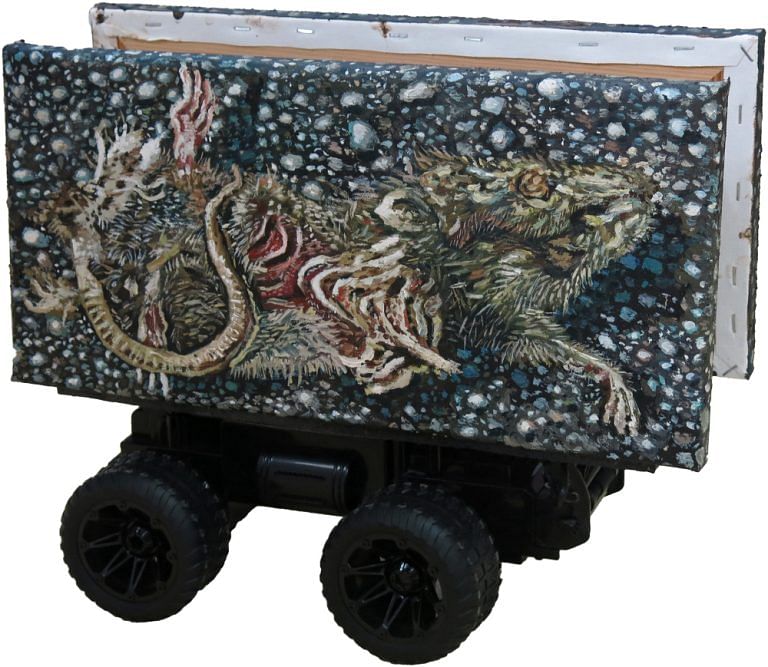
Tell us more about what you’re presenting at SAW24.
“My Heart Will Go On and On and On is the culmination of works I’ve produced since late 2022 (pictured is Reanimated Dead Rat, 2023, oil on canvas, wood, remote control toy car and remote control). If I could summarise the exhibition in a sentence, it would be about a love for the unloved. It goes a step deeper than what I have done previously with my paintings of everyday life by focusing on literally unwanted things. The subject matter I have painted consists of things I have seen lying on the street, be it an eggplant that has been driven over, a handwritten note, or a discarded cigarette box. They are viewed from above, almost like an autopsy, and often, they have the visual qualities of being flattened. Not only are they things that I encounter in daily life, but they are also things that we do not want anymore: rubbish, forgotten, unasked for. I came across these things during my travels in different cities, including Kuala Lumpur, Seoul, Sydney, Amsterdam, etc. For me, the visual coherence among all these objects from different parts of the world marks a kind of universalism of experience and emotions amid the specificity of these particular things. Through a focus on these everyday things, narratives of memory, love, and death seep through each painting.”
What are your hopes for what visitors will take away from your work?
“While I’m known as a painter, the works in this show attempt to play around with how painting is presented. Something that always catches my attention while walking around cities is the different ways small businesses advertise their products and services – signboards, billboards, banners, et cetera. Some of that fascination comes through in this show. Also, the works may not be very loud or catchy at first glance, but they are packed with details and stories if one takes the time to look closely. Since this is a show about unwanted things, the way we have curated the show also encourages viewers to take their time looking at these artworks and even search for a couple of them.”
What’s the most challenging aspect you face as a young artist in Singapore?
“Cost of living is indeed a significant factor. Finding affordable studio space in Singapore can be challenging, especially with rents skyrocketing in recent times. Even with a studio, one has to constantly deal with space constraints, given that the barely affordable studio may not be big enough, especially when shared with other artist/s.”
Share your ultimate dream as an artist.
“I don’t have an ultimate dream ahead of me. I believe in just working hard, maintaining friendships in the art world, making new connections, and seeing where the road ahead takes me. As long as I can continue to sustain myself without too much financial worry, create new works every day, and push the limits of my artistic practice, that is good enough for me.”
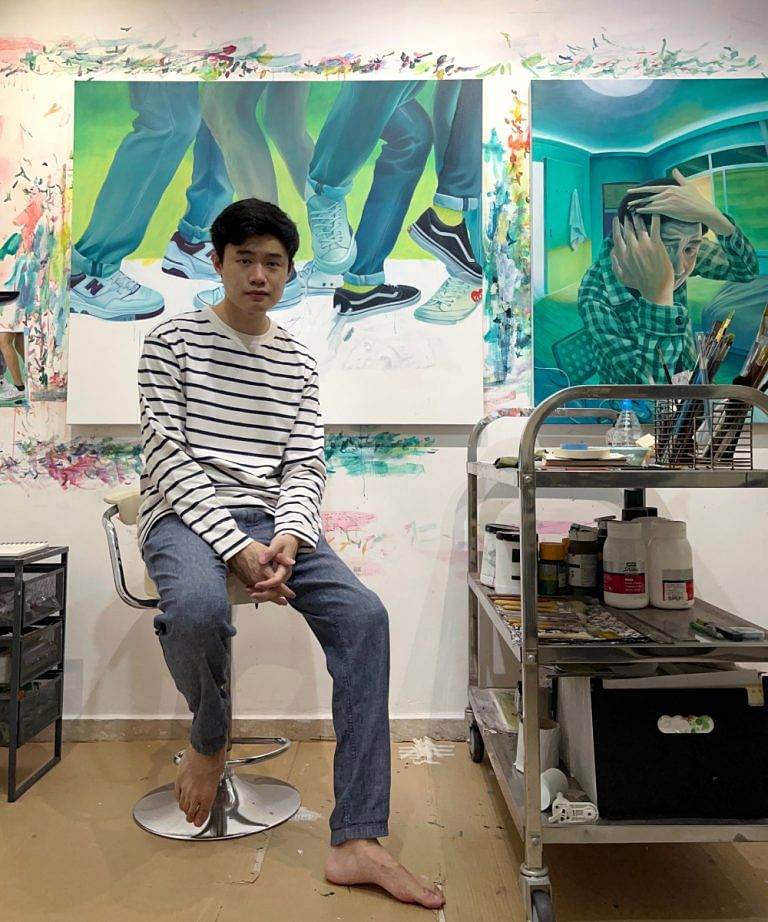
Casey Tan is a Singaporean painter whose works focus on visual metaphors and narratives in everyday life. Tan’s paintings preserve the reality of their subjects while introducing some elements of drama and fantasy to them. The 29-year-old is exhibiting his latest paintings at Night Call, his solo exhibition at Cuturi Gallery until February 3, 2024.

Tell us more about what you’re presenting at SAW24.
“I am presenting a series of 16 paintings that reflect the experience of living and navigating the modern urban landscape of Singapore. I am inspired by the mundane and uneventful seasons of life. In comparison to my previous work, which depicted scenes of parties and gleeful moments, my current works are much more toned down and mellow in both colours and emotions. I delve into the mindscape and explore something more psychological, hence the subtle sense of surrealism. Overall, I tried to capture the sense of repression, isolation, and surrender in my paintings – characters that have succumbed to their environment, characters that are struggling to cope with their reality, and also coming to terms with their circumstances and making peace with it. Despite the sombre outlook, they hold a hint of optimism and hope.”
What are your hopes for what visitors will take away from your work?
“Instead of my usual style of hiding small elements within my works, where viewers can play ‘Finding Waldo’, my overall intention for this new series of paintings is much more emotionally driven. Thus, I would like the viewer to just be free and soak in the cold vibrant green and soft warm tones within each scene and imagine themselves sitting with the characters or spaces within the painting.”
What’s the most challenging aspect you face as a young artist in Singapore?
“Expectations. I’m a pretty chill guy, but there’s always a soft humming sound and pressure to strive to be the ‘It’ artist, also a sense of being constantly compared with. All these challenges come while having to be consistent and, if not better, in what I do in an ever-rapidly progressing world, which presents the ultimate question: ‘Will people know or forget me over time?’ I don’t know. Sometimes I wish the only challenge is within the confines of my canvas.”
Share your ultimate dream as an artist.
“Wake up, have my usual baked beans and eggs while watching TV, turn on my playlist, wrestle with my paintings, have my meals, and enjoy a couple of glasses of beers and wines to end the day while I read whatever is on the internet. Occasionally meet my friends and play computer games. To be honest, it’s almost been like that for the past few years, actually.”
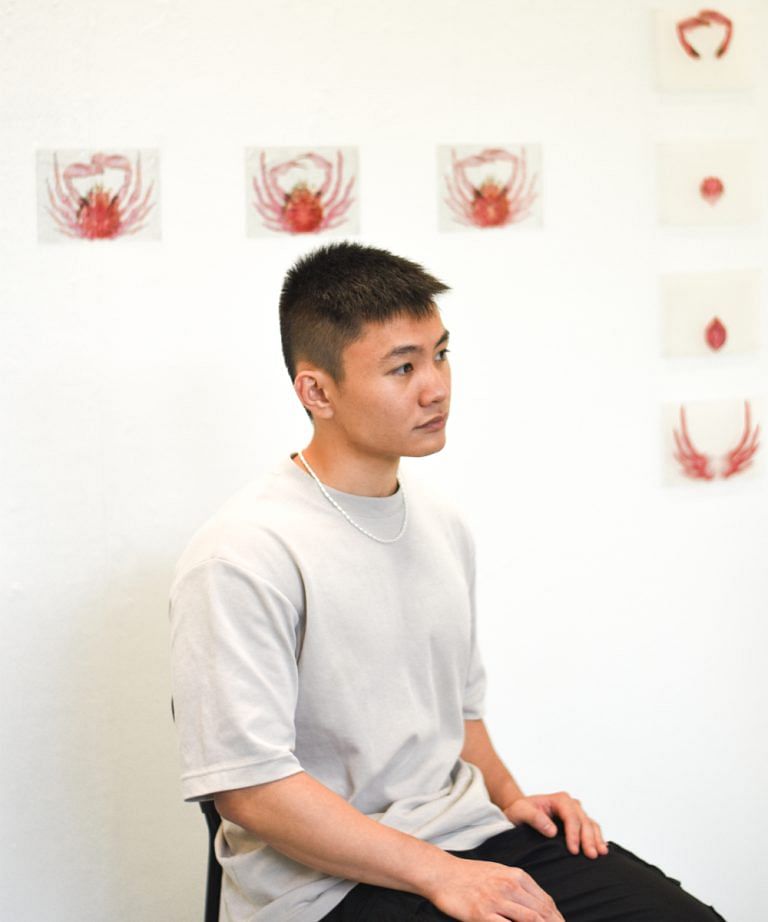
Siew Guang Hong is an interdisciplinary artist whose practice proposes new ways of understanding non-normative subjects through anatomy and biological investigations. He is only turning 24 this year and has already exhibited his works at venues such as Supperhouse, Starch, Sculpture 2052, Pulse Gallery Bangkok and Straits Gallery. For SAW24, he is participating in a one-and-a-half-month-long group residency open studio, Nothing but a Daydream【日舍】, organised by Supperhouse at GR.ID.
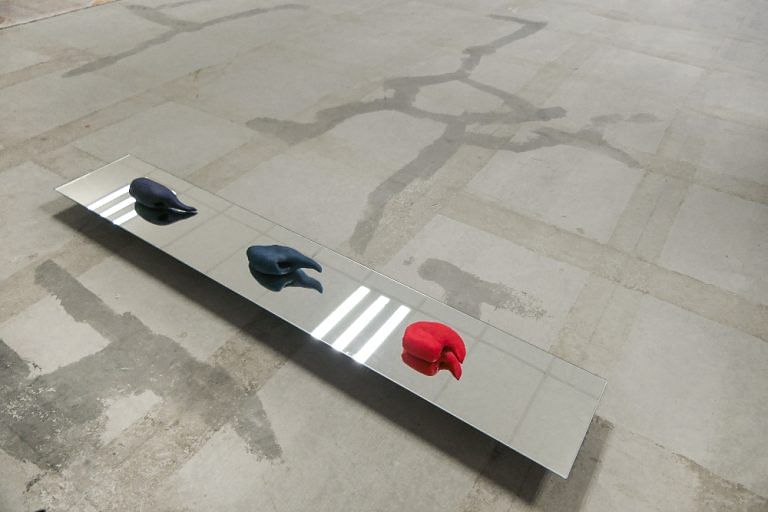
Tell us more about what you’re presenting at SAW24.
“The show is based on how many young artists in Singapore often have difficulty securing safe and conducive spaces to develop their craft and ideas. The space was, therefore, designed to embody ideas of transience and temporality.
During the residency, I am continuing to develop a two-year-long investigation on crabs as metaphors for queer transformation and metamorphosis. This time, I am using non-firing clay to sculpt the pincers and limbs of crabs (pictured), which I then paint and decorate using acrylic paint. The whole process of making each small 10-15 cm sculpture can take slightly over three weeks.
I read about how some crustaceans cut their pincers off continuously as they grow to stimulate the process of moulting, where the crab sheds and regrows its exoskeleton. It occurred to me that many animals put themselves in temporary states of danger and vulnerability because they look toward the potential for growth and change. I compared this to humans and organisations that hold on to dogmatic values and policies for fear of disturbing peace, not realising that human civilisation has developed through many of these moultings’. This led me to the practice of continuously sculpting the crab limbs and strewing them around my residency space, thinking about myself, the artist, as a crab messily throwing my old body parts around—meditating on how we can learn more from non-human entities that are often too small for us to care about.
I am constantly finding new ways to express my ideas, so I have been investing my energy in developing my performative practice as well. Just next door from GR.ID, I am involved in one of a series of performances at Peace Centre for Gesture Serialised. The performance I am developing revolves around my experience growing up as a queer youth feeling the need to live up to hypermasculine beauty standards. Along with the recent boom in the fitness and diet industry, the work I will be doing oscillates around themes of consumption, exhaustion, and futility. Including the formalisation of my concept and fabrication of the performance props, the work took two weeks to prepare.”
What are your hopes for what visitors will take away from your work?
“When in my space, you will be able to see me hand-stippling my sculptures with paint, using my table magnifying glass. What most people do not realise when they don’t see my entire process is that each drop of paint must be positioned less than one millimetre away from each other, which is the reason why it takes so long to finish each sculpture. I find this aspect particularly fascinating in an open studio showcase compared to a traditional exhibition, as artists can showcase specific techniques employed in their studio. This is especially important for me, as that act of careful stippling is meant to be a significant performative and meditative gesture.”
What’s the most challenging aspect you face as a young artist in Singapore?
“I think many young artists in Singapore put a lot of pressure on ourselves to constantly exhibit work. I remember promising myself to take a break for a few months after July last year because the first half of the year was packed, but as soon as August started, I began feeling worried that I was being too idle. I think it has a lot to do with social media perpetuating the idea that everyone is always exhibiting somewhere. What many young artists (like me) keep forgetting is that people only post about when they have shows, and not so much when they are taking breaks.
Rest is important for artists because it nourishes our creativity and prevents us from experiencing burnout. As I progress in my professional journey, I hope to eventually have a better grasp on taking time for myself and being okay with not participating in every show that opens.”
Share your ultimate dream as an artist.
“I want to continue developing my artistic research in a way that makes my work important and relevant in the context of queer identity. Along the same vein, I hope my practice extends far into international institutions.”

